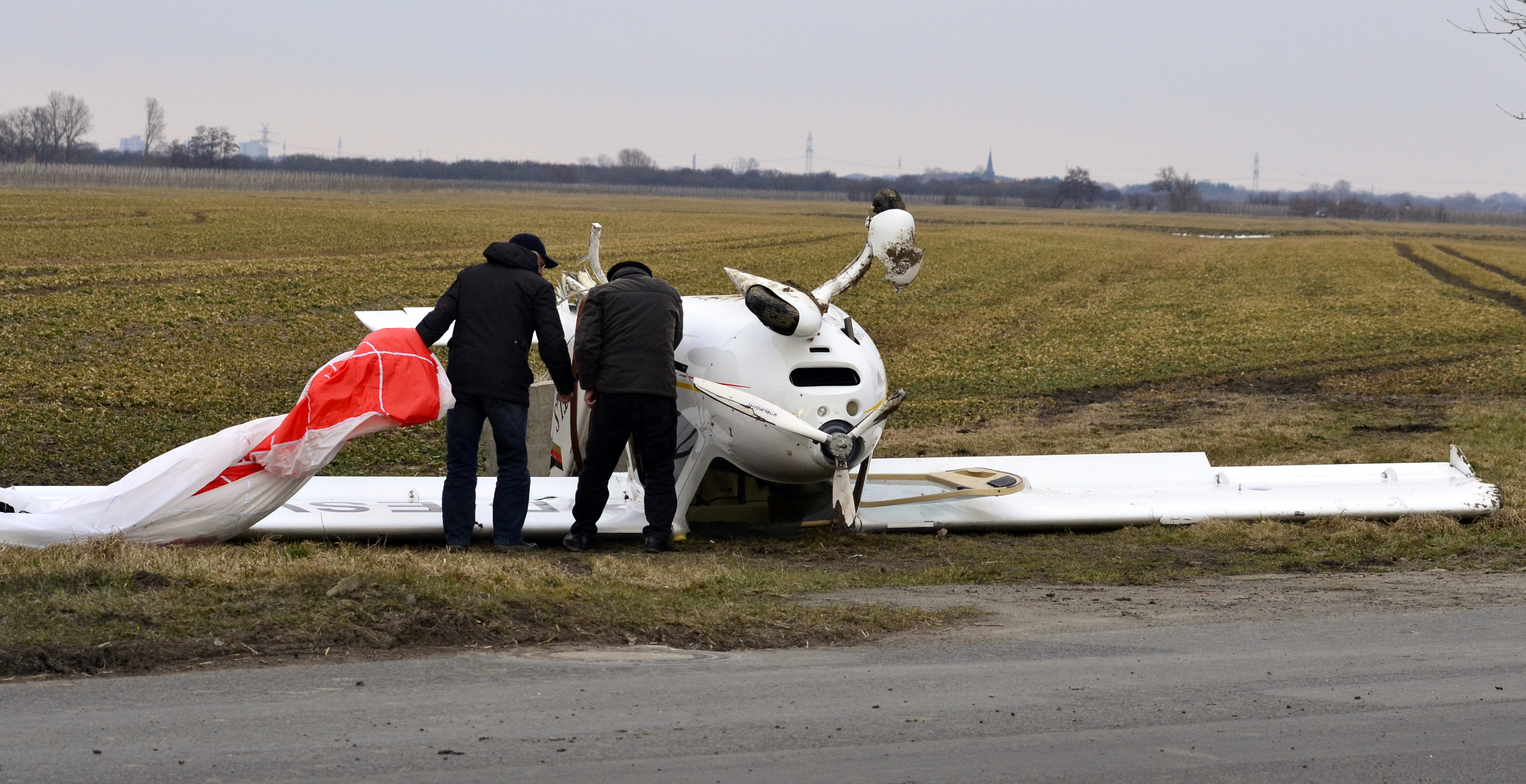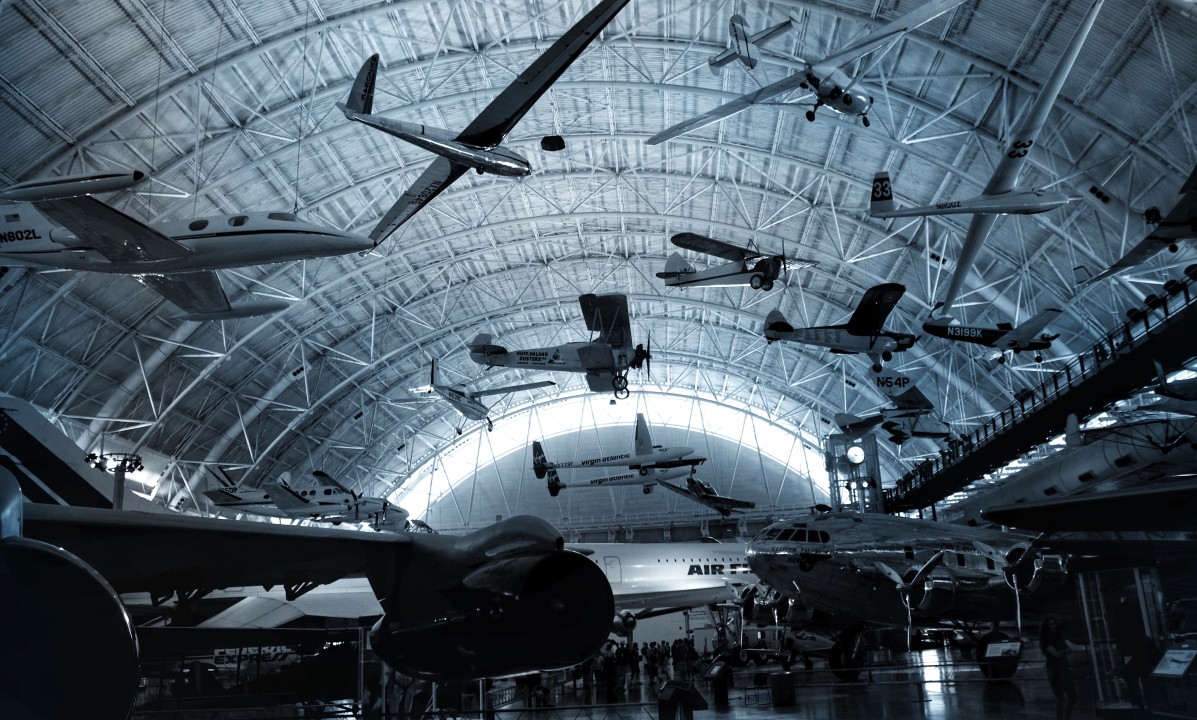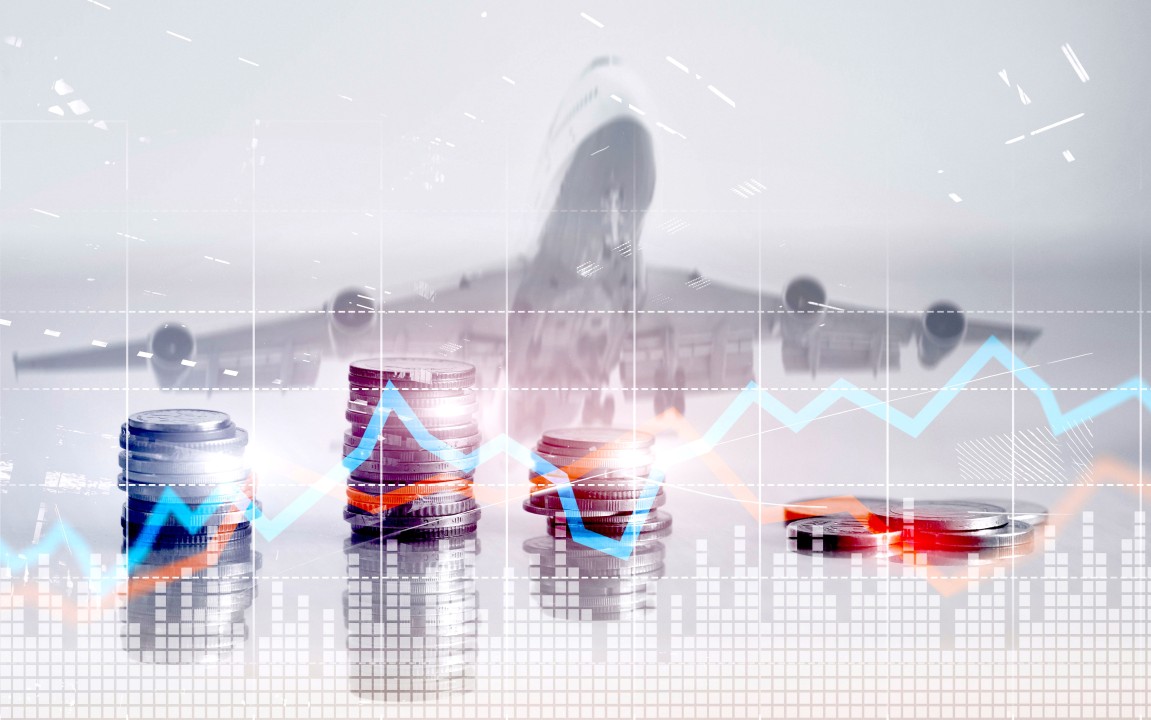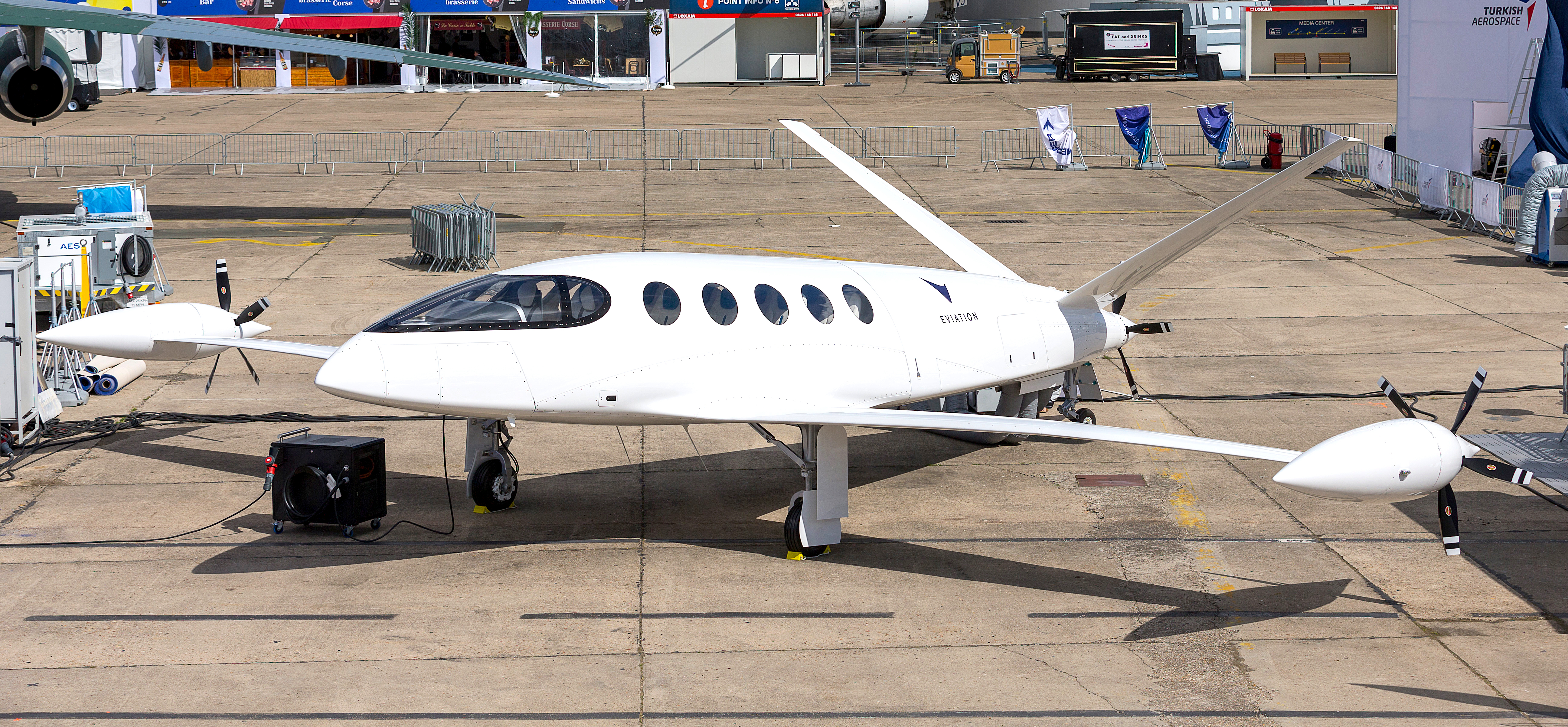“Increased” General Aviation accidents and their effect on insurance premiums.

The past few years show that there is a trend toward increased pricing for insurance plans and premiums within the general aviation (GA) market. Global insurance markets began to shift toward increased pricing in 2018, and have continued to transition further into this trend into the present year. The global insurance market for general aviation is expected to continue to follow this trend for at least the relative future, however, at a slower pace.
Key Takeaways:
-
- In recent years, there has been sharp increases for insurance premiums within general aviation and broader areas. These price hikes are causing a ripple effect across all other parts of the industry, particularly with how this affects flight schools and how they are responding.
- It is a popular belief that aviation accidents and collisions have recently increased. Media outlets and news sources have been more keen to cover aviation accidents and promote anxiety within the industry. This is one way that the insurance premium increases have been reasoned. However, it is important to analyze whether this perception is based upon truth or the industry is being framed that way. The general aviation community can be adversely affected by a real or perceived increase in general aviation accidents with circumstances such as price increases that are reasoned by these perceived accident increases.
- Insurance firms are starting to become less interested in high-risk clients and are becoming more strict on who they choose to cover and to what extent. As insurance companies today are poised with a set of circumstances that leaves them paying more than they receive in revenue, they are looking to recover and make up for that cost.
Aviation International News, helps provide an in-depth look how the pandemic has been a primary driving force for this pricing trend, but is not the only factor at hand. Here are some other factors that are causing insurance markets to rise:
- Increased Aviation Traffic: One reason for the change in insurance markets is that data on aircraft purchases and flight hours surged, insurers say flights have dramatically risen in number. Doug Tibbs, from Aerospace Americas at Axa XL, claims ‘Purchases of new jets are most certainly up, and in pre-owned markets, prices for aircraft are increasing due to demand’, this most certainly can explain why air traffic has increased, see his interview with Business Insurance for more information about increased aviation traffic.
- Increased Accidents: As noted earlier, there has been a public perception that because of increased traffic and other reasons that aviation accidents are also on the rise. While there is only minimal data to support this idea for only one fiscal year, there is a whole decade’s worth of data that shows a decline in aviation accidents, and years after 2019 have shown to bring the accident trend right back to where it was, as explained in Marsh’s quarterly ‘General Aviation Insurance Market: Pricing and Risk Update’. Insurance price hikes that are implemented after accidents would more likely stem from early Boeing 737 Max groundings that led to multiple accidents, and not over a recent rise in accidents.
- Pay-outs outweigh premiums collected: Insurance markets today are poised with a special circumstance. There is the challenge insurers are facing with paying out more in claims than what they are receiving in revenue from insurance premiums. Because they are paying out more in claims than what they are receiving from insurance revenue they do collect, they will need to yield more to cover this cost, which may explain why the cost of insurance is rising with claims being made.
- Pandemic concerns: The COVID-19 pandemic arrived with its own myriad of problems and new obstacles to hurdle. There is no way of knowing exactly how this global event changed the world and the aviation industry as a whole, but it is apparent that the environment is changing and new challenges need to be addressed. In finding solutions to these new problems, insurance companies found the need to charge more to properly meet the needs of their customers in this new circumstance.
Accidents in General Aviation
It’s widely believed that there has been a recent increase in the number of general aviation accidents. Aviation accidents have been more heavily covered by media outlets, however, this doesn’t automatically mean that there is a real, statistical increase in aviation accidents or incidents. There is the possibility that there could be an increase in accidents, resulting from the observed increased traffic, however, it’s important to consider that information about aviation accidents may be more publicized and exaggerated on social media and the news than what is accurate.
Data from the past five years would lead us to disagree with the idea that accidents are increasing across the country, as noted by our previous article – ‘Are General Aviation Accidents on The Rise?’. According to the Bureau of Transportation Statistics (BTS), General aviation accidents have been trending downward over the last 10 years. There is one outlier year that increases, 2019, but it’s the only time that this deviation occurs. While the most recent statistics for 2021 and 2022 are still being accounted for and finalized, it is safe to assume that they will also follow the same down-ward trend with a decreased number of accidents. The general aviation community can be adversely affected by a real or perceived increase in general aviation accidents with circumstances such as price increases that are reasoned by these perceived accident increases.
How past and future accidents could affect GA insurance.
While aviation is safer than ever, high-profile accidents expose insurers to financial and other risks. Flying is generally regarded as a safer form of travel than other alternatives, but accidents may still happen, so it is important to be properly prepared for such.
Aside from COVID related complications, insurers have suffered big and expensive losses in the airline and general aviation industry. A prime example of how the market changed could be seen in the aftermath of the Boeing 737 Max groundings as a result of multiple crashes. After these tragedies, insurers were left feeling uneasy and had less of an appetite for high-risk profiles.
In an interview with the Aircraft Owners and Pilots Association (AOPA), Bill Behan, CEO of AssuredPartners Aerospace, explains: ‘Currently there are technically only 15 insurers (for general aviation owners). This number was 20 a year or so ago…. Every insurer has changed their tolerance to risk, which means they can insure the same aircraft and members they insured last year, but they no longer want to. It is this, or they will only provide coverage for a portion of the requested policy. In the interview, he also describes how insignificant premium revenues were ot enough to support aviation industry losses, this is the prime culprit for increases and this hesitation to risk.
When this situation happens it forces the broker to seek other insurers to help provide them with full-coverage for their aircraft(s). This is often called a “quota-share placement,”. Even with these increases, insurance costs represent less than 10% of the recurring costs of owning a private aircraft. The costs of having inadequate insurance can be far greater, so it is necessary to keep up with insurance costs even with an observed increase. The best way to help curb these price increases is to work with the insurance companies the best that you can, so you are only paying for what is necessary. Here are some things to consider when seeking insurance, many of which can have a heavy influence on your premium:
- Flight Plans: Owners should consider how many hours they will fly and whether the flight will be a short-haul or long-haul flight to ensure the plane will make it safely. Takeoffs and landings are some of the riskiest phases of flight, because of this an aircraft that makes a lot of short flights may require a higher liability coverage as opposed to one that makes fewer long flights
- Pilot Experience: Insurers set minimum flight hour and training requirements for pilots, and will refuse claims when these requirements are not met. New pilot’s licenses should be thoroughly reviewed to ensure that they meet the insurance requirements. It is necessary to have a thorough amount of flight hours and experience documented to get the best insurance rates.
- Typical Destinations: The places over which the aircraft is most likely to fly may also affect coverage levels. Some things to consider are if operations will be over densely populated areas, landing at busy airports, or in countries with poor infrastructure. Another important thing to consider is whether the aircraft will generally fly a set route to recurring destinations. The places you may travel can likely have an affect on insurance rates.
- Passenger Profile: Those onboard the aircraft will affect liability. Employees may have partial coverage from workers’ compensation or employer liability insurance, which lessens the burden on the aircraft’s insurer. However, this is not typically the case for general aviation flights. Passenger profile can influence your liability and cost of such coverage.
- Aircraft Base: The security levels at the base or hangar will also affect liability. Storing aircraft at a dedicated hangar with 24 hour security presents less risk to insurers than an open airfield.
What this means for the community as a whole.
What does increased premium and insurance packages mean for general aviation as a whole? Well it’s important to consider that even with these increases, insurance costs represent less than 10% of the recurring costs of owning a private aircraft. Even still, the costs of having inadequate insurance can be far greater. There needs to be an emphasis on ensuring the proper insurance coverages are taken, however, the general aviation community may want to find a way that they may be able to curb these increased costs, without compromising coverage or safety.
One of the most clear ways to keep insurance premiums down is to not be a liability and keep a good safety track-record. The rate of non-fatal accidents and the rate of fatal accidents both are shown to be decreasing. Looking at the big picture, aviation is getting safer. Initiatives by the government and other global regulators have helped to reduce loss of control accidents. With greater awareness of safety protocols and adoption of safety technology, the rate of accidents can continue to decrease.
What this means for flight schools.
For the industry as a whole there are increased charges when it comes to receiving insurance coverage. This will undoubtedly influence the rate at which flight schools may need to charge in order to off-set these increased costs. Flight schools may be less willing to accommodate high-risk students and make the required standards be more strict to reduce risk in their process. It is important that flight schools do not meet this new financial challenge by cutting back on coverage, and finding other areas to pull funding from may be a difficult task, which is why that burden may fall on pilots and students.
It’s possible this will lead to more strict standards for flight instructors as well. Only the best and most experienced instructors will be highly considered by flight schools. The need to reduce liability creates an increased demand for well-experienced instructors and staff. Flight schools will likely seek to reduce liability with increased training measures, such as newly developed programs and simulations, increasing hours required for certification, more structured standard operating procedures (SOP), and improved standardization processes.
While cutting costs may not be the most viable option, there are ways that flight schools can consolidate their cost. One of the ways this can be most effective is through staying up-to-date on the latest software and programs that are available to help instructors and flight schools in their education process. For instance, some flight schools have begun to use new technological interfaces and software programs that consolidate the work of many different programs at once, measures like these are going to be expected from flight schools to cope with these increased insurance premiums. New technological measures are going to be critical for a flight school to flourish in the midst of unexpected changes.
How have flight school been responding.
Flight schools have been responding to this change and other challenges in creative and innovative ways. One of the most proficient ways they have tried to manage liability and try to steer away from any accidents is by implementing some of these solutions:
- Improved Accident Awareness and Equipment: Aircraft accident investigations and aircraft safety inspections should now be more effective. Flight schools are responding with improvements in manufacturing technology and better quality control. Many of the new technologies have helped improve safety, such as better cockpit instrumentation. These improvements help with improved accident awareness training for pilots. Better training simulations and protocols have been developed to better aid new pilots navigate tough situations and help mitigate accidents.
- Raised rates: Due to the combination of low premiums and increased claim costs, schools realized their business plans were no longer viable and had to raise rates a minimum of 20-30% on their business-wide over the past 10 years. Increased rates are some of the first measures that flight schools may respond to help with financial challenges.
- Stricter training and pilot requirements: There is a need that pilots must complete mandated medicals by an aviation medical examiner and/or annual flight reviews. Some have been unable to obtain terms at all. It is apparent that flight schools are concerned with making sure their instructors and pilots are met under a strict circumstance to lower cost and liability.
How may flight schools respond in the future?
While the future is uncertain and there is no telling what events may influence the aviation industry, it is important to consider the path that flight schools and the industry itself is on, especially with regards to inflation, and how that may affect cost of operation. Inflation is the gradual or sudden increase in the cost of goods and services for consumers and businesses.Flight schools can deal with inflation in three ways. This is discussed in our article ‘3 Ways Aviation Businesses Are Coping With Inflation’.
For one, they can pass these costs of inflation to their customers by charging higher prices. This is likely the easier and most obviously initial thing that flight schools are expected to do. While there is the need to keep prices within a considerable range, it is important to consider that flight schools are for-profit and need to preserve their own financial self-interest.
Another way to cope with inflation is to increase efficiency across the entire organization. With improved efficiency and less waste, an organization handles higher costs without increasing prices.This can be done with the proper maintenance of the equipment that is already possessed, and keeping it updated with the latest in industry standards. Another prime example of how this efficiency will be achieved is through the use of top-tier programming and software. It is essential for flight schools to have the most effective and efficient software capabilities, it is the whole interface of what they conduct business on. Consolidating programs, staying up-to-date on software and new technology, and maintaining equipment are just some of the first ways to improve efficiency.
The last thing that may be expected of flight schools in the future is to absorb the rising cost themselves without passing the cost onto the consumer or attempting to change the business model to attain more efficiency. This option depends on a number of factors, such as competitor behavior, and supply-chain issues. Inflation is hoped to be short-term or for a temporary time. This is the reason why some companies may choose to absorb the cost themselves, as they are expecting only to absorb the cost for a fixed amount of time, that is hopefully not very prolonged.
Have insurance rates really increased because of more accidents?
The general perception about the industry is that general aviation accidents are increasing, at least that is what’s being framed by the media. The fact that insurance companies are charging more across the globe for often the same policies or even less, is a good reason to believe that increased accidents are true. However, the cost of premiums increasing may not be due to an increase in accidents or collisions.
After research and careful observation of statistical data, it can be concluded that aviation accidents actually have been steadily declining over the past decade (with the exception of one year, 2019). This data alone cannot support the idea that premiums are rising because of increased accidents. After taking a closer look at how insurance companies are charging differently and from what spokesmen of these companies have had to say in interviews, the increased cost of insurance is a result of a number of factors, not from increased incidents. One simple way to explain the rise in cost is that insurance companies are paying out more in claims than what they are charging and receiving from paid premiums. Some other factors that are invoking insurance hikes are, increased traffic, and pandemic related concerns. While insurance price increases are a challenge for the industry that creates a ripple effect, it is important to be aware where these increases are stemming from and how it will affect other parts of the industry.
Thank you for reading this week’s On Aviation™ full article. Do you believe that accidents are on the rise? Are insurers reasonable to charge more because of this? Please share your thoughts in the comments below and remember to continue the conversation on our Twitter and Instagram.
Orlando – On Aviation™





